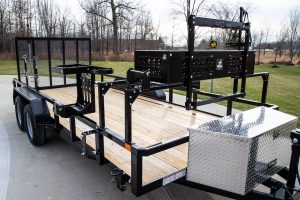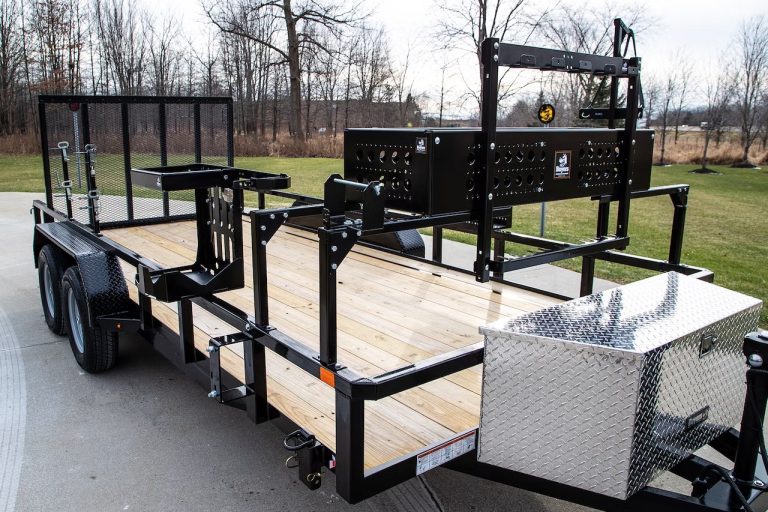 When you combine a fast-paced working environment with machine operators who are controlling vehicles they do not fully understand and completing work they are not familiar with, the result is often catastrophic. Many employers believe their employees are qualified when they attend and pass the Basic Operator Training. The truth is that the Basic Training can be good, but it must be backed up by Familiarisation Training and Specific Job Training. Only then will the employee be fully authorised to operate in the workplace.
When you combine a fast-paced working environment with machine operators who are controlling vehicles they do not fully understand and completing work they are not familiar with, the result is often catastrophic. Many employers believe their employees are qualified when they attend and pass the Basic Operator Training. The truth is that the Basic Training can be good, but it must be backed up by Familiarisation Training and Specific Job Training. Only then will the employee be fully authorised to operate in the workplace.
The Basic Operator Training
As the name suggests, Basic Operator Training will be just what it says. This training should always be completed off the job with reputed companies like the Pallet Trucks Direct and it is important to remember that. Anyone who attends Basic Operator Training will learn the basic skills of operating a lift truck. This will include basic hydraulic controls and simple movements as well as a basic understanding of the safe operation principles.
While the person is learning to operate the machine, they will also learn about the hazards and risks associated with the machine. Other important skills will also be covered by this training include the pre-use inspection and the routine maintenance of the machine such as battery care and refuelling.
Specific Job Training
The Specific Job Training that people get is where the basic skills they have learnt will be put into context. This is where people will learn about the operating principles that relate to the specific equipment they are going to use on a daily basis. There will also be a focus on the attachment that they could use.
The person will be learning about the layout and configuration of the controls of the machine they are going to use. After all, the machine used in basic training may not be identical to the one they are going to use on the job. However, this stage of training is not all about the machine.
During this training, the person will also learn about the conditions they are likely to face at work. This could include confined spaces, cold stores, other vehicles, a racking system and the surface they are going to be working on. Most importantly, this training will cover the rules of the site such as the speed limits in place, the traffic flow, the Personal Protective Equipment and the pedestrian areas.
As with the basic training, Specific Job Training should be completed away from the job. This training will often be combined with the basic training and could be practical or theoretical. This will depend on the availability of appropriate and safe training areas.
The Familiarisation Training
This training is closely supervised training which introduces the person to the live work environment for the first time. This will be where the skills and knowledge of the other 2 training stages are put into practice. The training will generally start with simple tasks and will work up to the more complicated procedures. This allows the operator to build up their confidence and develop their skills.
Site layout and rules will be an important part of this training. There are times when the off the job nature of the Specific Job Training will make it impossible for instructions on certain elements of the site to be provided. This training is when these instructions will be provided.
An Authorisation to Operate should only be issued when all 3 stages of the training have been completed satisfactorily and recorded. This authorisation will be issued by the employer and is an acknowledgement that the person is correctly qualified to operate the specific equipment within a specific work environment.
When you look at the stages of training, it is easy to see that the Basic Training alone will leave an operator inexperienced and out of their depth in a live environment. All 3 stages are vital when it comes to the safety and security of staff as well as the equipment and stock they are working with. It is important to note that operator training is an ongoing process and should not stop after these stages have been completed.















